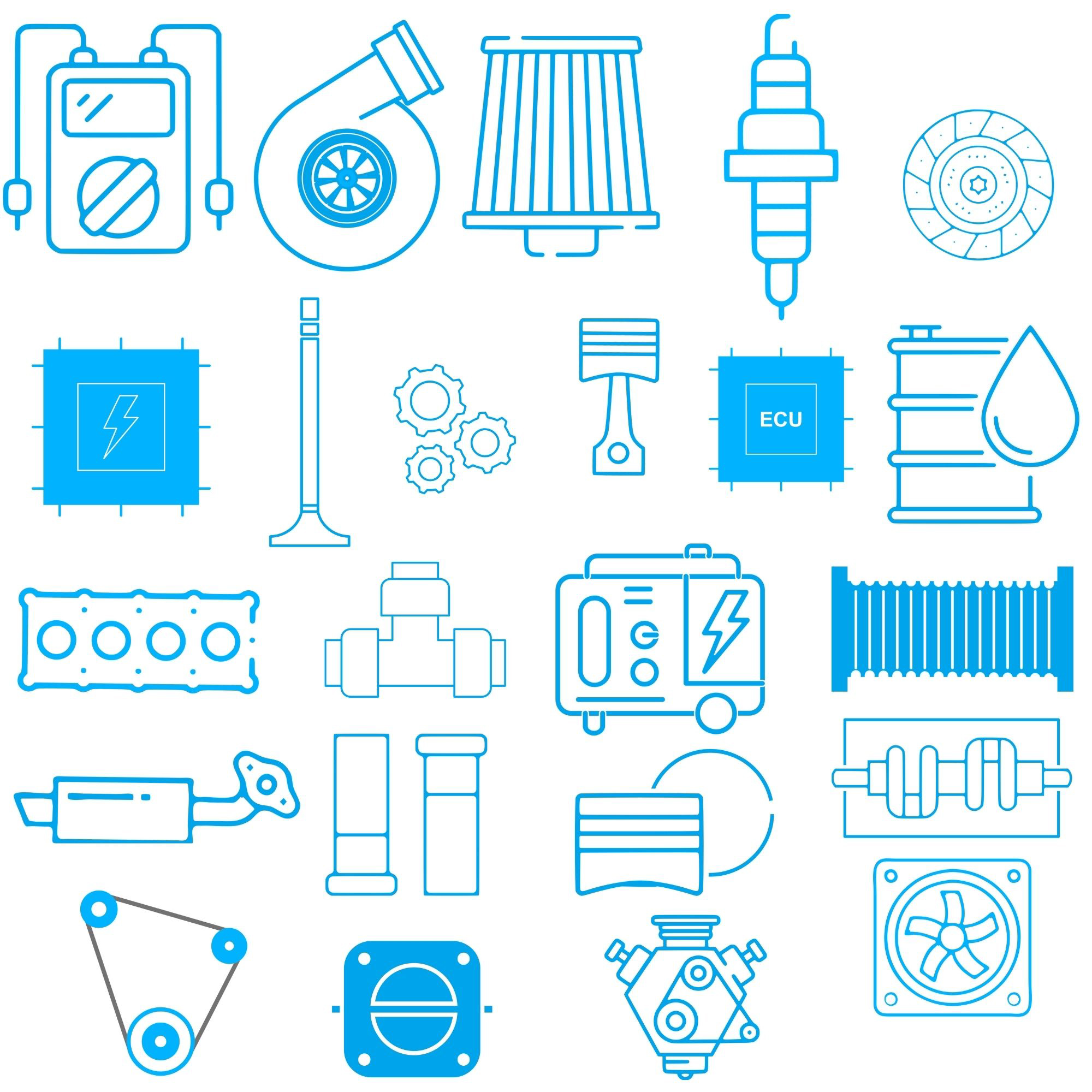Signs and markings – safety and clarity for technical systems
In marine and industrial environments, clear signs and markings are essential for operational safety, orientation and compliance. Whether on engines, pipelines, control panels or emergency exits – well-placed visual identifiers ensure that crews and technicians can act quickly and correctly. They help avoid hazards, support maintenance procedures and meet international safety standards.
Function and applications
Signs and markings provide vital information in critical areas of vessels, engine rooms, and technical facilities. Common purposes include:
- Identifying fluid lines and engine components
- Warning against high voltage, pressure or temperature
- Labeling valves, tanks, access panels and control units
- Providing instructions, escape routes and safety zones
Onboard ships, these markings must be clearly visible, durable and resistant to heat, moisture, chemicals and mechanical abrasion.
Types of signs and marking solutions
The category includes adhesive labels, engraved signs, metal tags, clip-on pipe markers, safety placards and more. Materials range from anodized aluminum and stainless steel to industrial-grade plastic and UV-resistant laminates. All signs and markings must remain legible under real-world working conditions.
Regulatory compliance
In marine applications, signs and markings often fall under the requirements of classification societies (e.g. DNV, ABS, LR) and international standards like SOLAS or ISO 14726 for pipe color coding. Proper marking of fuel lines, bilge systems and emergency equipment is not only best practice, but also a legal requirement on many vessels.



